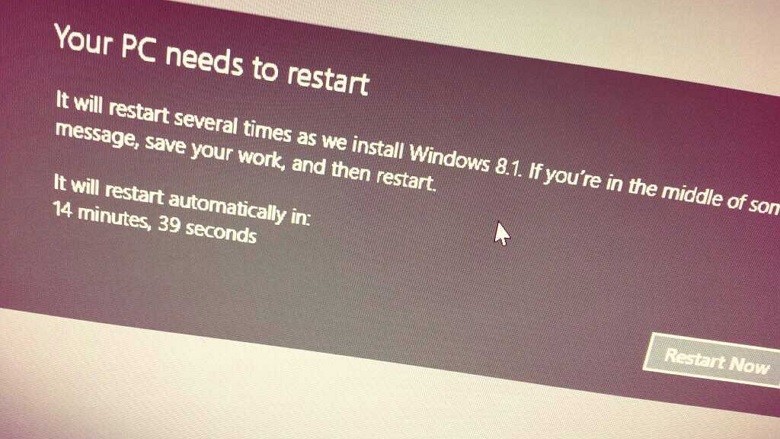Alternatively, Windows 10 also includes a feature that allows you to remove problematic updates from the Advanced startup environment without the need to use System Restore or Safe mode. While in Safe mode, depending on the issue, the steps below will help you to uninstall Windows 10 updates and device drivers.
Insert the Windows 7 installation media in the appropriate drive and reboot the computer. Check your BIOS settings to insure your computer is configured to boot from the optical drive.
The process to change firmware settings requires hitting one of the function keys (F1, F2, F3, F10, or F12), the ESC, or Delete key as soon as the device starts. The only caveat is that these settings will be different per manufacturer, and even by computer model. It's best to check your device manufacturer's support website for more specific instructions. A list of available updates opens in a new window.
Run Windows Update In Windows 7
Microsoft might have an update for Windows to resolve the blue screen error. Make sure to install all of the latest Windows Updates. Make sure to install all important and recommended BIOS updates and device driver updates. Use the HP PC Hardware Diagnostics UEFI to test the memory. The Memory Tests include a Fast Test, Quick Test, and an Extensive Test.
After the third interruption, Windows 10 will open into the Advanced startup environment, and then you can continue with the steps below to boot in Safe mode. After you complete the steps, the buggy update will be removed, fixing the Blue Screen of Death error on your computer. You can also use these steps to prevent Windows Update from downloading and installing the same update again. If you see random Blue Screen of Death messages and still have access to the desktop, then the problem could be caused by an old driver or the computer is missing critical updates. Also, it could be an issue with a recently installed app, driver, or update for Windows 10.

How To Fix "Your Pc Ran Into A Problem And Needs To Restart" Blue Screen Error
- Select Troubleshoot to access the advance tools.
- When you reach a window with an Install now button at its center, look for and click on Repair your computer in the bottom left corner of the window.
- Click on the “Advanced Options” button and then select the “Command Prompt” button.
- Type cd windows\system32\config into the Command Prompt and press Enter.
- Run the software and select "Recover from Crash Computer" option.
Consult your computer's documentation for instructions on opening the BIOS setup screen and setting drive configuration options. Preset audible error signals are programmed into the motherboard's BIOS chip. These beeps indicate a variety of issues on the motherboard.
If you think there is a problem with the memory, first try the Fast Test (3 to 5 minutes). If the Fast Test does not find a problem, run the Quick Test (about 10 minutes).
Select or deselect updates from both the Important list and the Optional list. Make sure to install all device driver updates. Sometimes a blue screen error occurs because you do not have the latest updates for Windows.
After running the Fast Test, if no errors are found but your computer is still exhibiting symptoms of a hardware problem, run the Extensive Test. Many computer problems are related to soft failures (or degraded performance) on the hard drive. The HP Hard Drive Self Test will repair soft errors on the hard drive, but it will not report the errors. After the test is complete, restart the computer to see if test repaired the problem you may been experiencing.
How To Fix Errors Seen During The Computer Startup Process
If the Quick Test does not find a problem, run the Extensive Test (about 45 minutes) which also has a Loop Until https://wikidll.com/microsoft/iertutil-dll Error option. If you are ready to run the tests, use the instructions in the following sections. Start by using the System Fast Test to quickly identify hardware issues.
